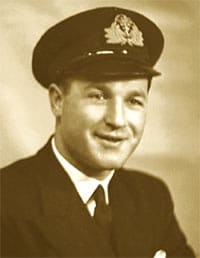A small cabinet stands near the front door of the Hawks Museum. This cabinet includes a display honouring those Hawthorn players who lost their lives on active service during World War II. One had been Hawthorn captain, one was a premiership player with the Hawthorn Colts, few were household names, all wore the brown & gold. The following are but a few of the inspirational stories from an era when the Four Pillars – sacrifice, courage, endurance, mateship – were unspoken necessities.
Len Thomas came to Hawthorn following a highly successful playing career for South Melbourne. He became captain-coach of the Mayblooms for the 1939 season. He played 16 games for Hawthorn and represented Victoria four times during that year. He moved on to North Melbourne before joining the Army in June 1940.
When asked why a married man with children would volunteer for the army he said, ‘I just had to do it.’ Thomas served in the Middle East as a sergeant in an artillery regiment. After his unit was brought home in September 1941, he chose to give up his sergeant’s stripes to join a commando unit. Serving with the 2/3 Independent Company in New Guinea, he took part in fierce guerrilla jungle fighting. Len Thomas was killed in action August 17, 1943, five miles behind the lines near Salamaua. He is buried at the Lae War Cemetery, New Guinea.
Alex Nash, a member of the 1941 Hawthorn Colts (Under 20s) premiership team, was considered a promising and skilful player. He was a local boy and his family had deep connections to the Club. His father was a committeeman and his brothers also played with the Colts. Alex joined the RAAF in 1941. He was eighteen. Nash was on leave when he played his one senior game for the Mayblooms against Collingwood in Round 20, 1942.
His leave over, Nash was attached to No. 6 Squadron as the Wireless Operator – Air Gunner in a four-man Bristol Beaufort crew flying bombing and reconnaissance missions around New Britain and Bougainville. He received a Distinguished Flying Medal for his actions in January 1944 when his plane, ironically named Old Faithful, was forced to ditch in the sea with engine trouble. Nash stayed with the plane, radioing its position until it sank. The crew members were rescued thanks to Nash’s dedication. He was soon commissioned Pilot Officer. James Alexander Nash was killed on March 28,1944 when his plane was brought down by anti-aircraft fire near Jacquinot Bay, New Britain. The plane was never found.
Richard ‘Dick’ Pirrie was another local boy. The eldest of six children, he was a good athlete and a speedy wingman. Dick played his first senior game in the final round of the 1940 season. He played two further games in 1941 before enlisting in the Royal Australian Naval Reserve as a ‘Yachtie’, a scheme where Australians with boat-handling skills were attached to Royal Navy ships. Pirrie saw service in a range of destroyers including HMS Quentin and HMS Middleton. As the only Australian aboard, Pirrie quickly earned the nickname ‘Digger.’ His skills earned him a commission as Sub-Lieutenant.
 |
On June 6, 1944, Pirrie commanded a landing craft in the first wave to hit Juno Beach, Normandy. His task was as forward observer, guiding Naval gunfire onto enemy positions. In order to give accurate reports, he placed his craft extremely close to the shore, in full view of the Germans. The vessel was struck by enemy fire. Richard Pirrie was killed in action on his 24th birthday, the first Australian to die during D-Day. He was Mentioned in Dispatches posthumously for his ‘gallantry, skill and determination.’ A fellow Officer mentioned that Dick Pirrie performed so courageously and efficiently, ‘that on our portion of the beach not one of our troops failed to get safely ashore’.
Max Wheeler and Jack Price enlisted in the Army in 1940. They joined the same unit, the 2/2 Pioneer Battalion, training in Puckapunyal. Geoffrey Maxwell Wheeler, the son of a Ballarat councillor, had a reputation as a fine goal kicker in country football. He played one senior game in the brown & gold against Melbourne in 1937 before returning to the country. John Frederick Price lived in Camberwell and played 10 games for Hawthorn during the 1925 season, the club’s first year in the VFL. Both players embarked for the Middle East in April 1941. Following further training in Palestine, they were part of the force that invaded Syria, fighting pro-German Vichy French. Pioneer battalions were field engineers; in Syria they also fought as infantry.
 |
He was not in Syria long, but Max Wheeler took the time to send a toy camel home for his daughter’s third birthday. On June 17, 1941, companies A and B of the 2/2 Pioneers attempted to retake the highly strategic Fort Merdjayoun. Fighting with rifles and bayonets against fortified positions and tanks, the Pioneers took horrific casualties, including Max Wheeler. The toy camel arrived home after the family learned of Wheeler’s death. He is buried in the Damascus Commonwealth Cemetery. The camel became a family treasure and now resides in the Australian War Memorial’s collection.
Jack Price was in D company in the 2/2 Pioneers. On June 27, 1941, his company moved into the Balate Ridge area where they attacked Vichy defensive positions, even engaging in hand-to-hand combat in the rocky terrain. Jack Price lost his life in this attack, just 10 days after his fellow Maybloom, Wheeler. He is listed on the Syria – Lebanon wall of the Alamein Memorial, Egypt.
Lyle Bruce McPherson Hone played 5 games and kicked 3 goals for Hawthorn in 1940, making his debut in Round 1 of that year. He enlisted in the Army at Royal Park in July 1941, becoming a Sapper in the Engineers Training Battalion. The War could take its toll well after the fighting had ceased in 1945. On June 13,1946, Bruce Hone died of an illness atributed to his service and was buried in the New Cheltenham Cemetery.
These are but a handful of the Hawthorn players who gave their last full measure in World War II. In some instances, their football careers may not have been long or memorable. Their sacrifice, however, is remembered and honoured in the Hawks Museum.
We are still searching for a photograph of Jack Price. If you can assist us in this search please contact the Hawks Museum on (03) 9535 3075 of hawksmuseum@hawthornfc.com.au
The Hawks Museum is open 9:00am to 4:00pm Monday – Friday


